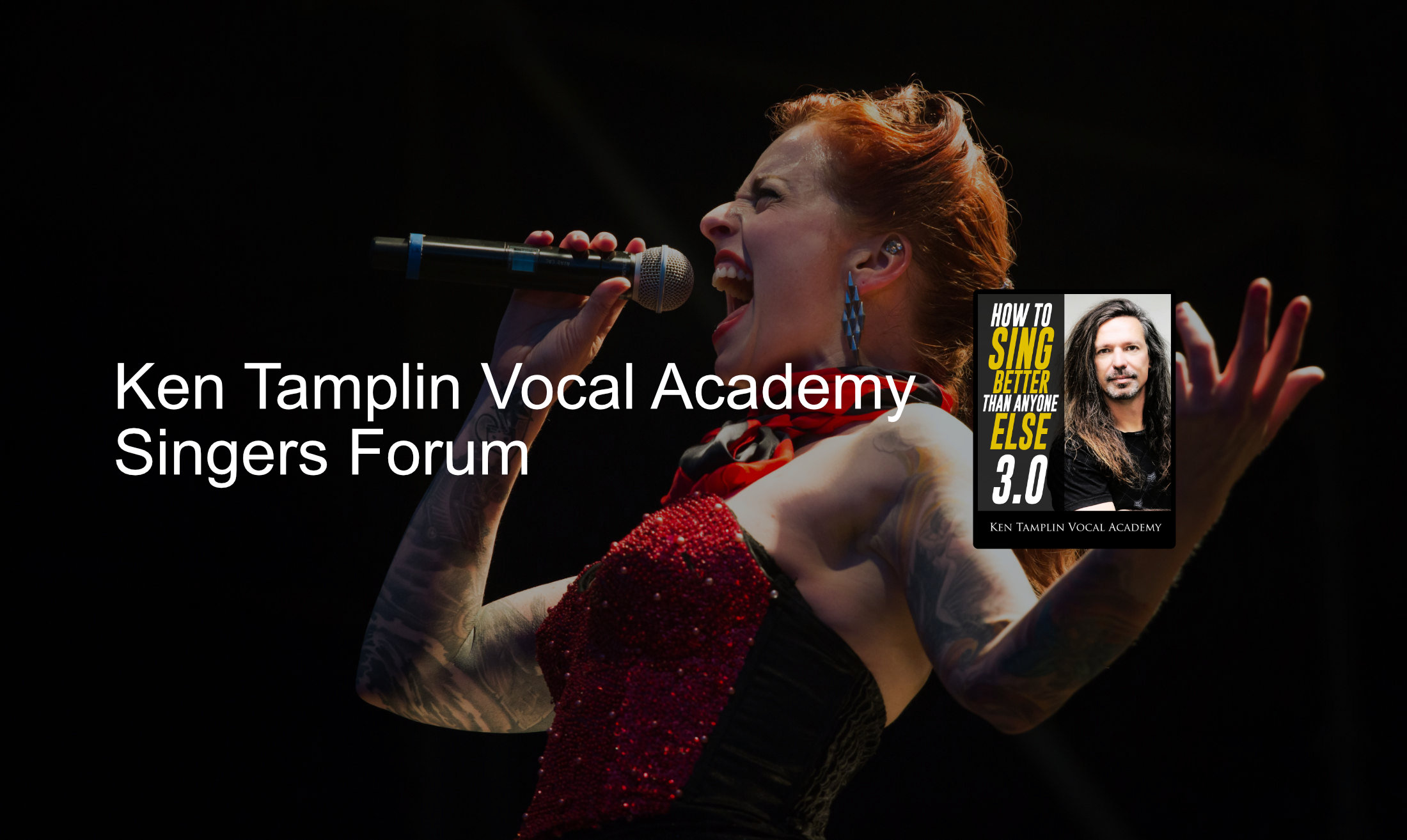I can t get into head voice, can someone help me, please?
Hello guys, actually, I m 18 years old boy and I can t get into head voice but I can sing in falsetto, can someone help me, please?
This a video of my voice recording when I try to do head voice :
 https://www.youtube.com/watch?v=pNrbe7X0mao
https://www.youtube.com/watch?v=pNrbe7X0mao
This a video of my voice recording when I try to do head voice :
 https://www.youtube.com/watch?v=pNrbe7X0mao
https://www.youtube.com/watch?v=pNrbe7X0mao 

Comments
It would be good to post a full Lah scale, one in chest and one with bridging so we can hear what is going on as you move up in pitch. Also you will be singing a scale and so we can analyse all the aspects of technique better in a few random sounds.
You may find some of the info here useful:
https://forum.kentamplinvocalacademy.com/discussion/comment/85205/#Comment_85205
Regards,
Scotty
Thank you so much for answering my question, I did the lip drill and I recorded my scales and I still don t get my head voice I don't know why when I try to go higher I can t get into my head voice even when I go lower, I feel like someone is strangling my neck or someone is locking my headvoice and this is a video of a recording of my scales :
Well done on posting the full scale mate. It sounds to me like you are not actually bridging into head. To my ears it sounds like you are raising your larynx to move up in pitch and once you get the limit of that, it causes tension in the throat and pinches off the sound. I did this same thing when I started, and I tried to overcome this by pushing more air. This was a really bad idea as it caused my voice to go horse.
I eventually learnt that moving up in pitch can be done efficiently by:
- Keep my larynx in a slightly lowered position.
- Open the back of my jaw, (this helps with the larynx position)
- Raise my soft palate.
- Applying support and breath control
As described in the post I linked to above. You would do well to get Ken's course if you can as it covers all this in detail with video demonstrations of the different components described above.
So you can do some experiments to help you understand these things:
To control the larynx:
- Lightly put your finger on your Adams Apple.
- Do a yawning motion. You will feel your Adams Apple move down.
- Now relax, and then do a Kermit the Frog voice, and you will feel it move up.
What you want to do is have it in a "slightly" lowered position, and prevent it from raising to high. It will move up as you go up in pitch, and you don't want to pull it to the floor, but you do want to prevent it from raising to high and pinching off the sound, and so you offset it by keeping it in a lowered position.
Now that you are preventing your larynx from raising to high, how do you move up in pitch becomes the next question?
You do this by raising your soft palate. This can be done with a yawning motion. For example, if you:
- Raise your cheeks and show some top teeth like a big open mouth smile.
- Lower the back of your jaw (focus on the back of the jaw not the chin)
and then sing Lah triads you will find it much easier to go up in pitch.
Do some research on what/where the soft palate/uvula is, so you understand lifting it, and use this as the tool to move up in pitch, instead of raising your larynx.
You also need to understand support, and breath control. This is why I think you would do well to buy the course as there are many components that go into the technique that enables you to sing with ease.
Once you have that in place and you understand what I mean by having the resonance in the space created by lifting the soft palate, you can then work on bringing that forward to facilitate bridging into head voice.
There are a number of posts that go into great detail around these aspects of technique in the student area and you get access to this with the course. Another reason why it is such good value for money. You have access to all the discussions of singers that have gone before you and faced all the same issues as you, and how they overcame their problems, video demos they have submitted and critiques they have been given etc...
If you really want to do this, I would make getting the course a goal.
In the mean time you could also search Ken's YouTube channel for details on these concepts
Regards,
Scotty
@codeowl
Thank you so much for taking your time and answering my question and helping me out and giving me very good advice mate, I will try your advice mate, and contact you as soon as I get it and find my head voice. For the information: One of my friends has the KTVA program but he is far away from me, and for me, I don't have enough money to get The KTVA program. Also, I want to thank you again mate.
Regards,
Lucas.